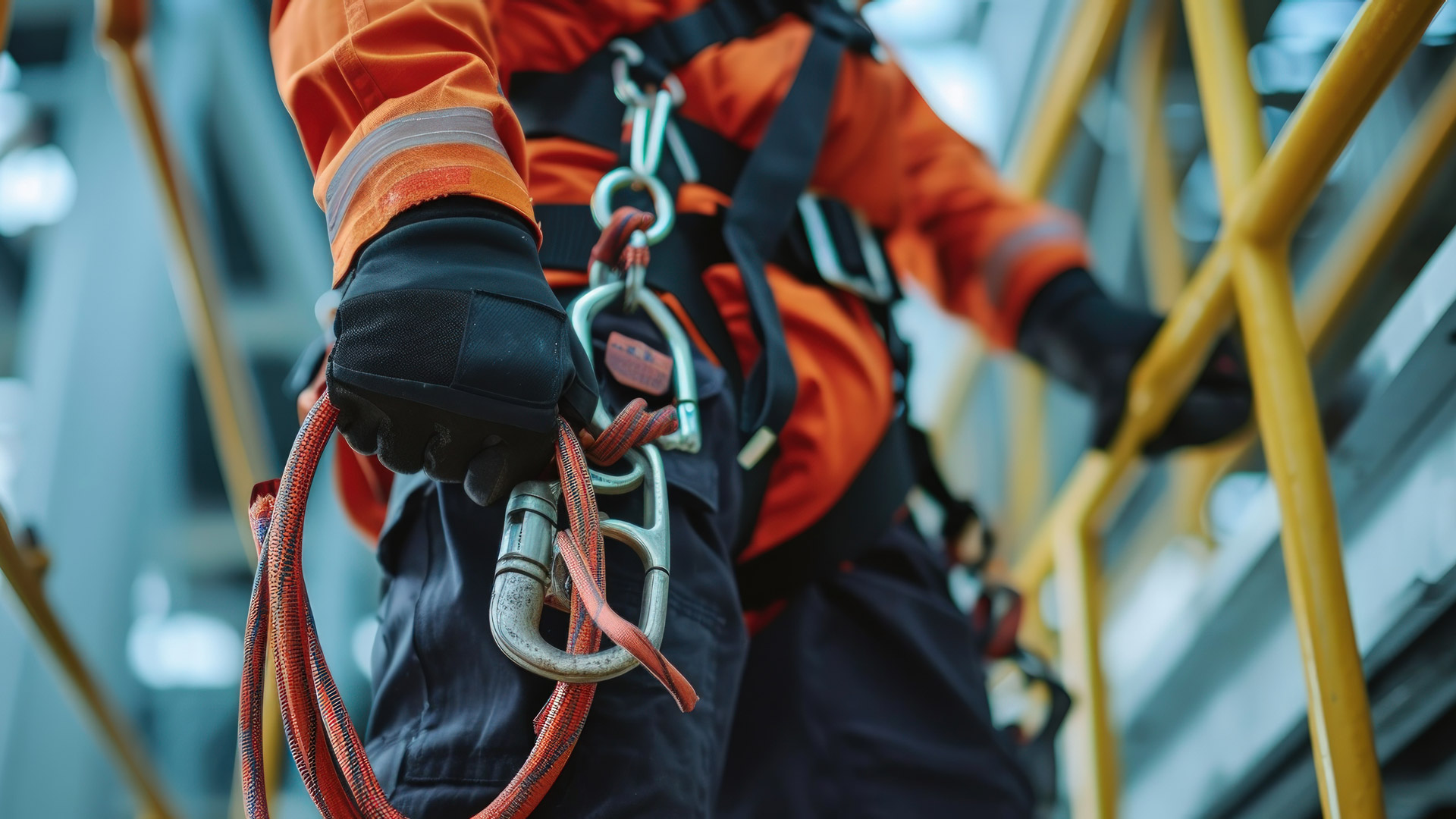Pointing the finger of blame in the event of an accident can derail occupational safety and health culture. Head of Advice and Practice at IOSH, Duncan Spencer CFIOSH looks at how to avoid this happening.
An accident has occurred, and a worker has been hospitalised. A forklift truck driver seemingly ignored segregation controls, manoeuvred over a walkway and struck a fellow worker who was walking by. Initial investigations suggest that the driver was to blame. This is sadly the type of story all of us encounter at some stage in our career. But without care it’s a potential bombshell that threatens the integrity of organisational occupational safety and health culture.
At the heart of this is a conundrum. How do you hold people responsible without assigning blame? Blame could undermine trust and respect between management and workers. Logic might suggest:
- Workers are instructed about what behaviour is required.
- They are responsible for their behaviour.
- Poor behaviour contributed to the accident.
- No excuse.
This is based on the philosophical arguments relating to free will made by Aristotle, Hume, Kant and many others. Their arguments support a view that people have the capacity to act or refrain, to make a choice. They must therefore carry some responsibility for their actions. In this context, responsibility leads to a judgement about the act or omission of the driver. By extension it implies that they should be answerable or held accountable for their action.
The desire to blame is rooted in delivering some kind of ‘sting’ that punishes the recipient. It brings a feeling of being right when the other must be wrong, that in some way they deserve what is coming to them. A blamer often feels an entitlement to be angry or resent the other’s action.
Empathy
So, how do we avoid the destructive capability of blame? The key is empathy. I used to talk to managers about the crooked finger. “If you are pointing the finger of blame, be aware that it is bent double. The knuckle points at the worker, but the tip of the finger points back at you."
What I meant by this explanation is that there may be some underlying reasons creating the conditions for an accident to occur. The driver’s personal circumstances, poor lighting, production pressure, lack of storage forcing pallets to be placed blocking walkways or inappropriate equipment provision. All things that managers should be able to either predict, observe or make themselves aware of. All things that they have at least some power to change. So, management also has culpability for this accident.
Being empathetic to all involved is about actively seeking to fully understand the direct and indirect causes of the accident. It is about transparently communicating the investigation findings. These conclusions need to be balanced and fair and delivered in the spirit of “we all need to learn from this event and collaborate even closer to avoid its repeat”. It isn’t about avoiding blame but sharing it.
You may also be interested in
RELATED CONTENT
RELATED COURSES

The Emergency first aid course offers learners the skills and knowledge to deal with emergency first aid situations at work.

The Slips, trips and falls course explains the measures that can be implemented to prevent slips, trips and falls in the workplace.

Introduction to health and safety gives learners a basic introduction to managing safety in their workplace.

The Working at height course helps learners understand the dangers associated with working at height and ways to control the risks

The Access Industry Forum (AIF), the forum that represents the principal work at height trade associations and federations, is calling for clearer rep...

New IOSH President Stuart Hughes is calling on the profession to challenge itself to develop new ways of tackling the “unacceptably high” number of wo...

You may not realise it but there’s no legal duty on an employer to carry out an investigation into an incident in the workplace. But, says law firm rr...

Employers are increasingly likely to go unpunished after workplace accidents it seems, as research by Prospect Union reveals the number of investigati...